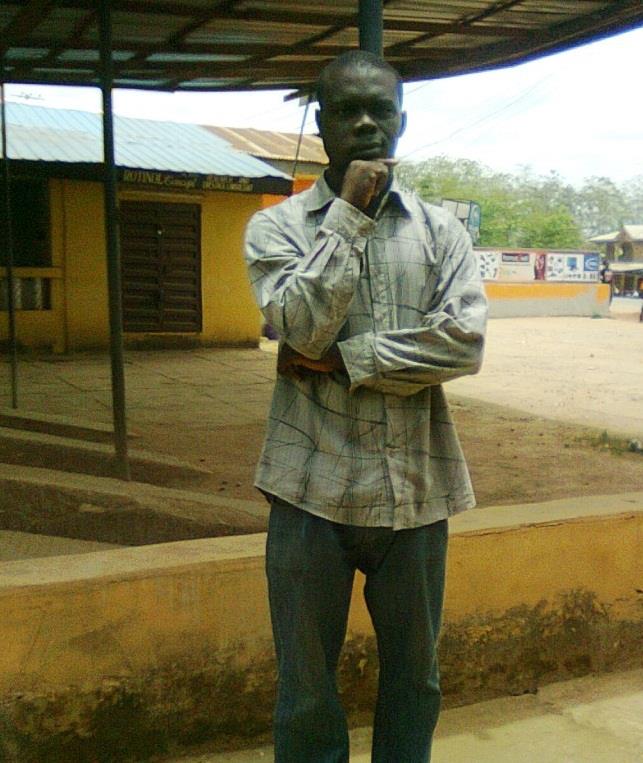CONTENT AND ESSENCE OF INTERNATIONAL ASSESSMENT PROGRAMS
Kattakurgan State Pedagogical Institute, Student
Qarshiboyeva Mavluda Azizbek qizi
Annotation: This article analyzes the purpose, structure, and impact of international assessment programs on the education system. It examines how countries shape their educational policies based on the implementation procedures and results of PISA, TIMSS, and PIRLS. The article highlights the importance of international assessment programs in improving the modern education system.
Keywords: international assessment programs, PISA, TIMSS, PIRLS, education quality, functional literacy.
Introduction. In the context of modern globalization, assessing and comparing the quality of education at the international level has become increasingly important. Every country strives to determine the effectiveness of its education system, eliminate weaknesses, and align with international standards by using various assessment programs. International assessment programs measure students’ knowledge, skills, and competencies based on objective criteria and provide opportunities for comparative analysis among countries. These programs allow policymakers, researchers, and teachers to understand the real state of the education process.
International assessment programs emerged in the late 20th century due to the need to standardize education quality globally. Organizations such as the Organisation for Economic Co-operation and Development (OECD) and the International Association for the Evaluation of Educational Achievement (IEA) developed scientifically grounded methodologies to measure educational outcomes. Today, world-renowned programs such as PISA, TIMSS, and PIRLS play a significant role in shaping educational policy and improving national competitiveness. These programs not only assess students’ performance but also provide tools to analyze various components of education systems. Uzbekistan has also actively participated in these assessments in recent years to improve its national education system.
Main Part. PISA (Programme for International Student Assessment), conducted every three years since 2000 by the OECD, assesses the functional knowledge of 15-year-old students in mathematics, reading, and science. Unlike traditional tests, PISA evaluates students’ ability to apply knowledge to real-life situations, requiring critical thinking, problem-solving, and analytical skills. More than 80 countries participate in PISA, making it one of the most extensive assessment programs in the world.
TIMSS (Trends in International Mathematics and Science Study), conducted every four years since 1995 by the IEA, assesses the mathematics and science knowledge of 4th- and 8th-grade students. The test is based on school curricula and measures students’ knowledge, application, and reasoning skills. TIMSS provides valuable information for improving education standards.
PIRLS (Progress in International Reading Literacy Study), launched in 2001 and conducted every five years by the IEA, assesses the reading literacy of 4th-grade students. It measures students’ ability to understand, interpret, and evaluate literary and informational texts.
Differences among PISA, TIMSS, and PIRLS show their unique focuses: PISA assesses functional literacy, TIMSS measures subject-based curriculum mastery, and PIRLS focuses on early reading skills. Despite differences, all three programs contribute significantly to evaluating and improving education quality.
Uzbekistan’s participation in PISA 2021 provided insights into the national education system and identified areas for improvement, particularly in functional literacy and problem-solving skills.
Research Methodology. The study employed comparative analysis, document review, and statistical analysis. Official reports from OECD, IEA, and UNESCO were used as primary sources. The structure, administration, and results of PISA, TIMSS, and PIRLS were compared, and the experiences of advanced countries such as Singapore, Finland, Japan, and South Korea were analyzed. Uzbekistan’s recent participation and results were also examined.
Analysis and Results. The evaluation of international assessment programs showed that although PISA, TIMSS, and PIRLS differ in their focus areas, their common goal is to assess education quality based on international standards. High-performing countries invest heavily in teacher training, modern teaching methods, and ensuring equity in education. For example, Singapore ranked first in PISA 2022 in mathematics, and TIMSS 2023 results confirmed the leadership of Singapore and South Korea in mathematics and science.
Conclusion and Recommendations. International assessment programs provide essential tools for comparing and improving education quality globally. Based on the study’s findings, the following recommendations are proposed for Uzbekistan:
- Increase the share of practical tasks and real-life application materials in curricula to enhance functional literacy.
- Expand teacher training programs aligned with international standards and modern teaching methods.
- Establish a regular monitoring and evaluation system for learning outcomes.
Strengthening participation in international assessment programs and integrating global best practices into national conditions will support Uzbekistan’s efforts to modernize its education system and improve students’ competitiveness.
References:
- OECD. PISA 2022 Results: What Students Know and Can Do. OECD Publishing, 2023.
- IEA. TIMSS 2023 International Results in Mathematics and Science. IEA, 2024.
- IEA. PIRLS 2021 International Results in Reading. Boston College, 2023.
- Schleicher, A. World Class: How to Build a 21st-Century School System. OECD Publishing, 2018.
- UNESCO. Global Education Monitoring Report 2023: Technology in Education. UNESCO, 2023.
- Ministry of Education of Uzbekistan. National Education Development Strategy 2023–2027. Tashkent, 2023.




